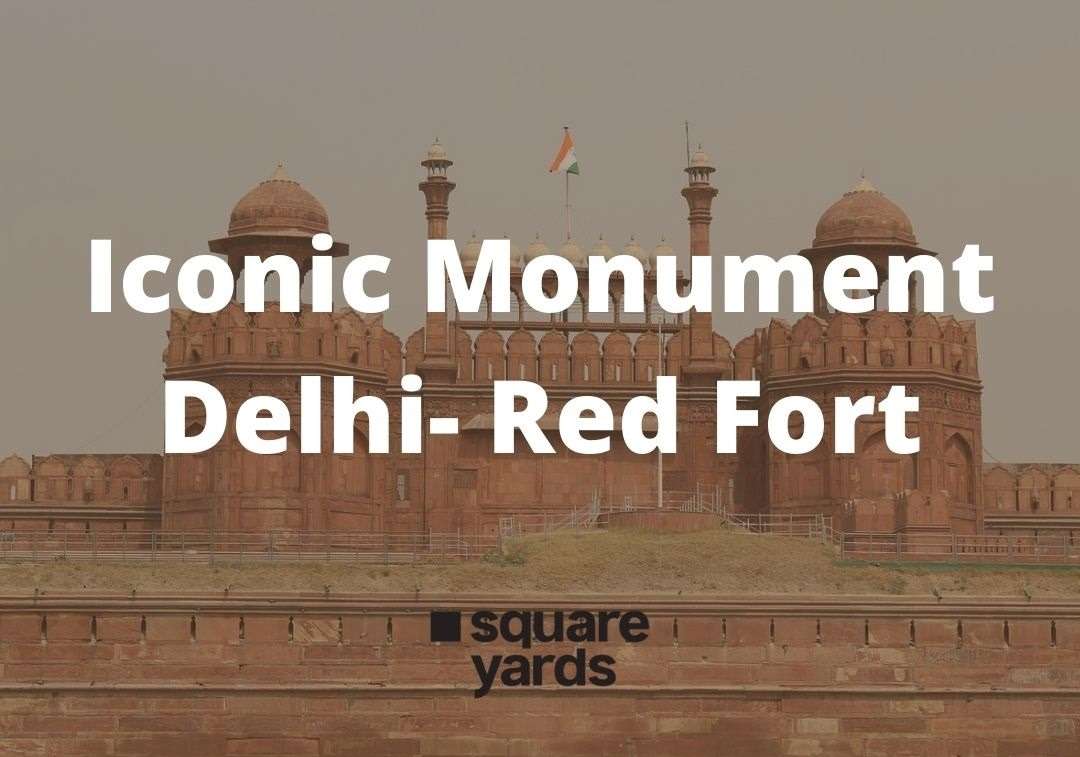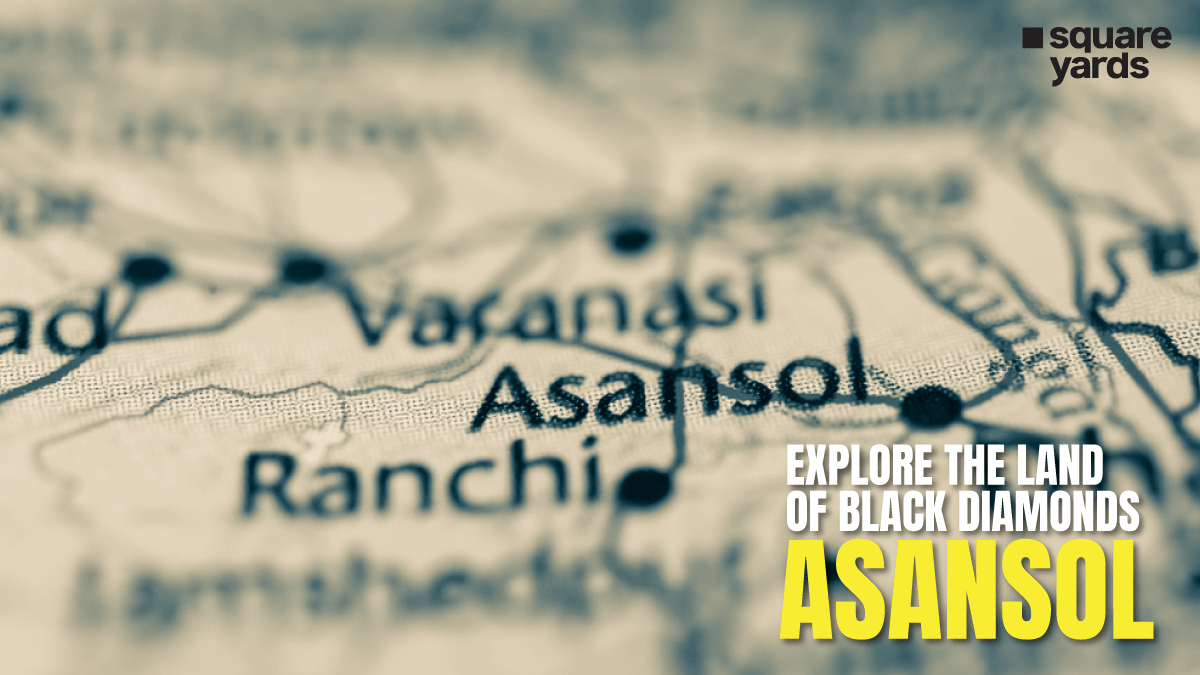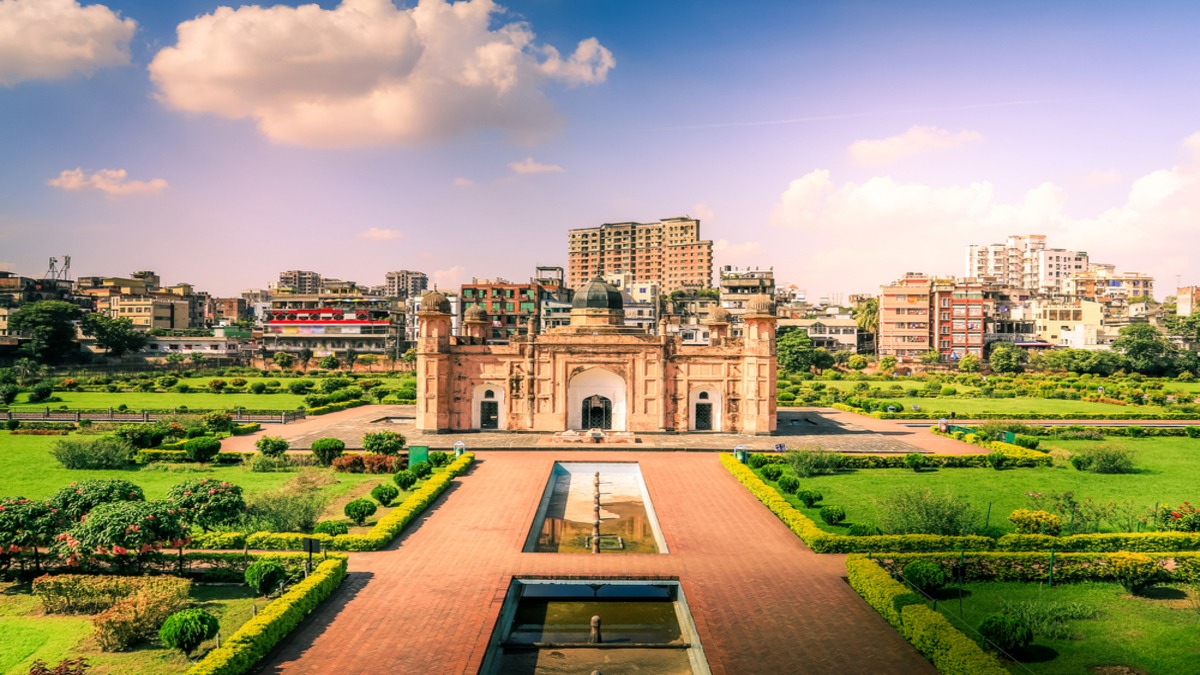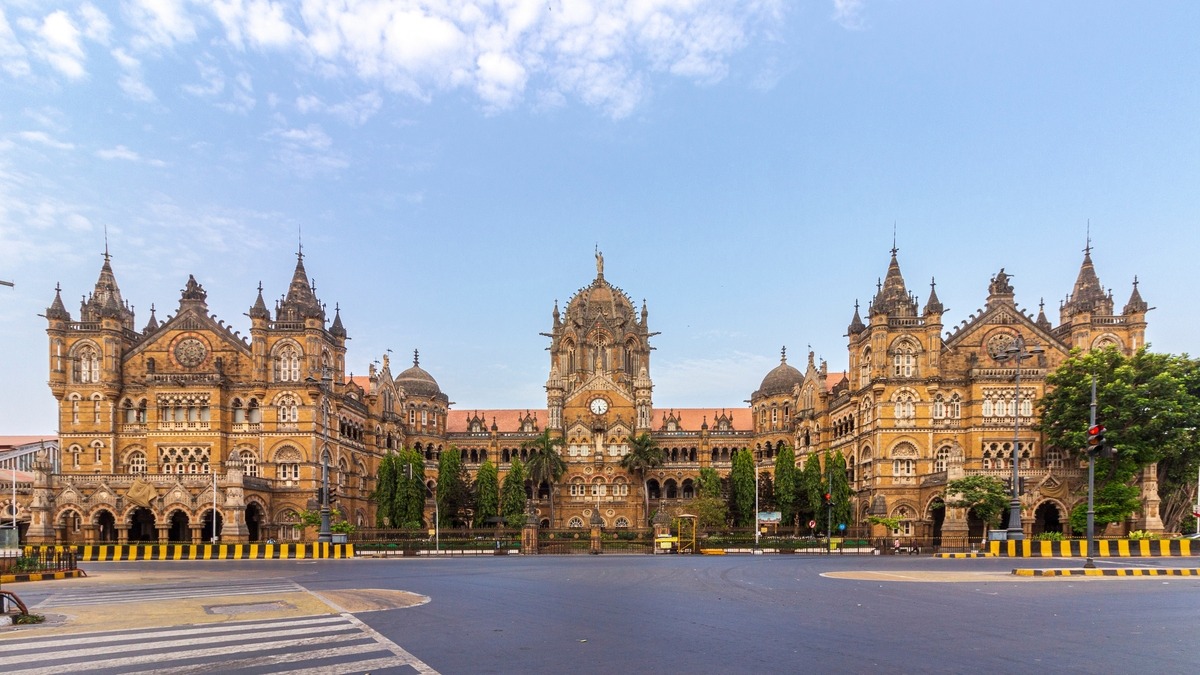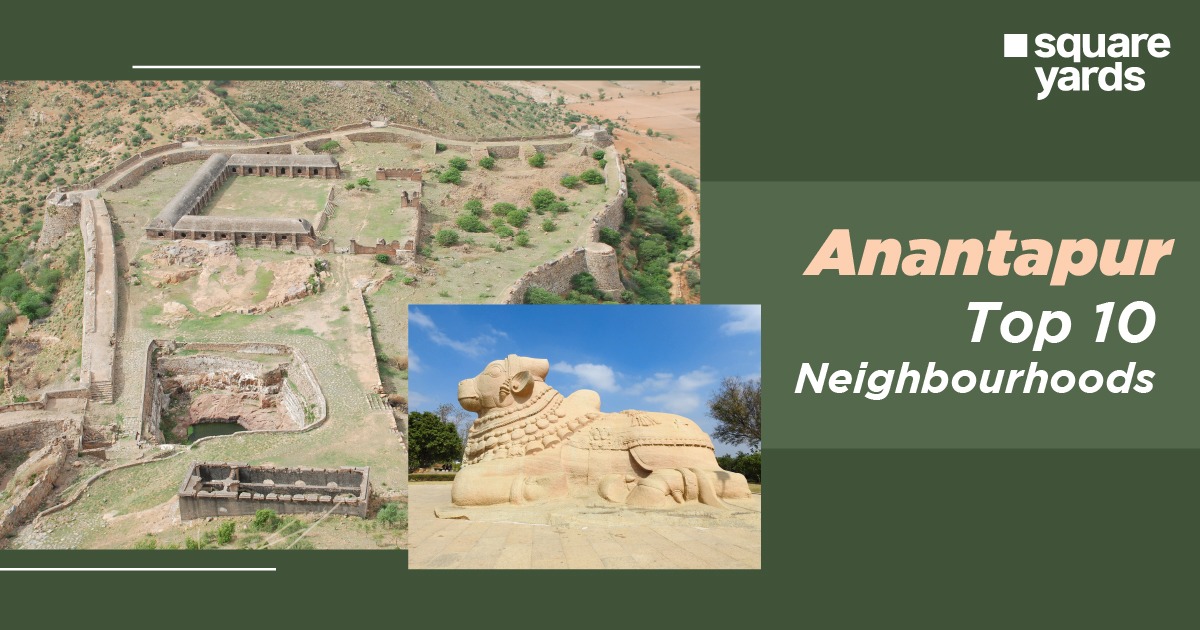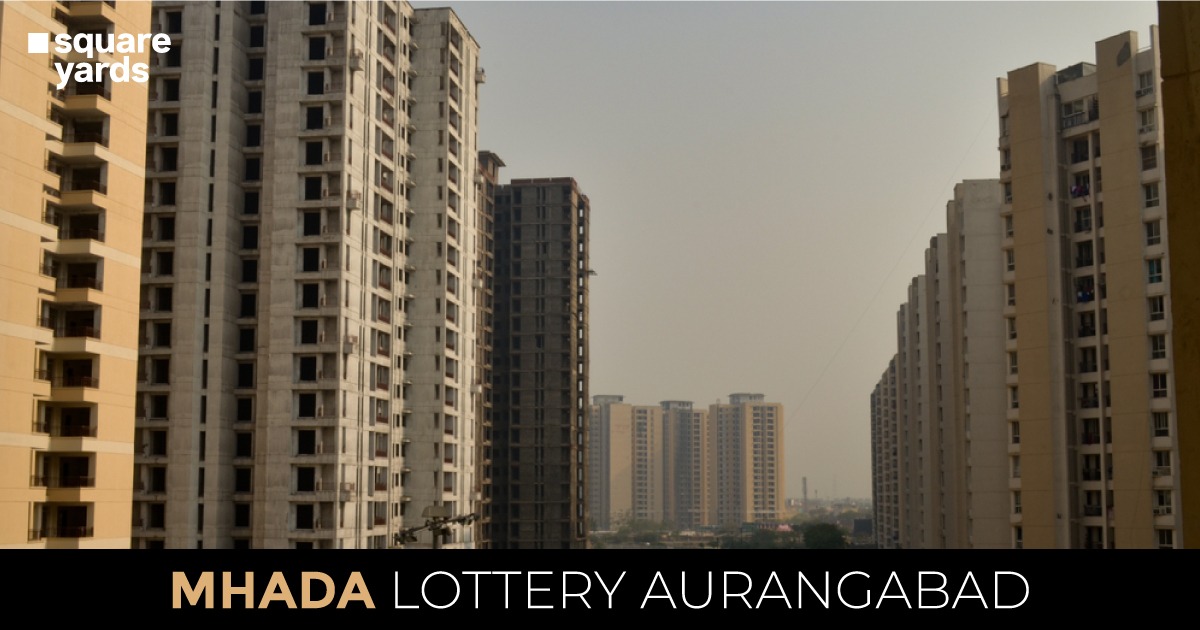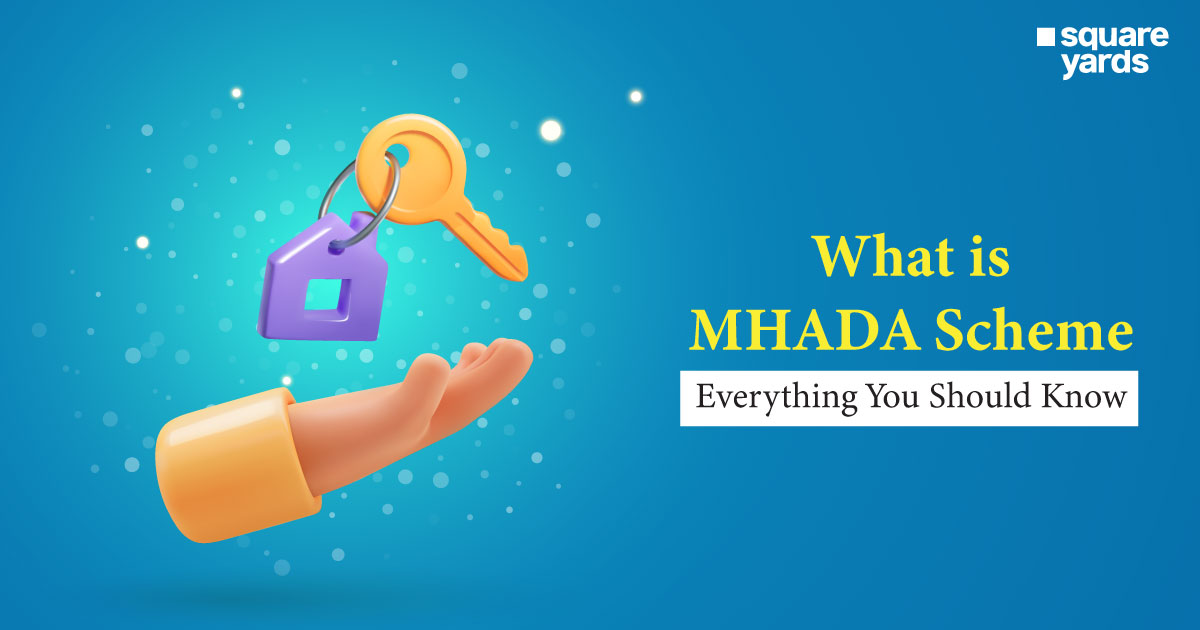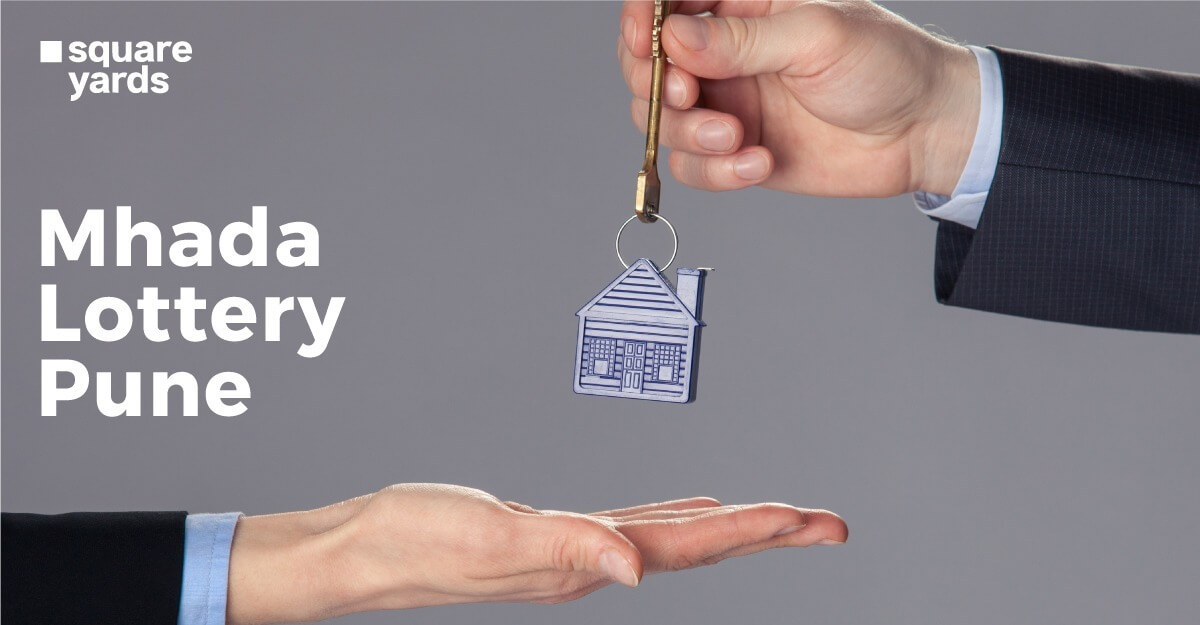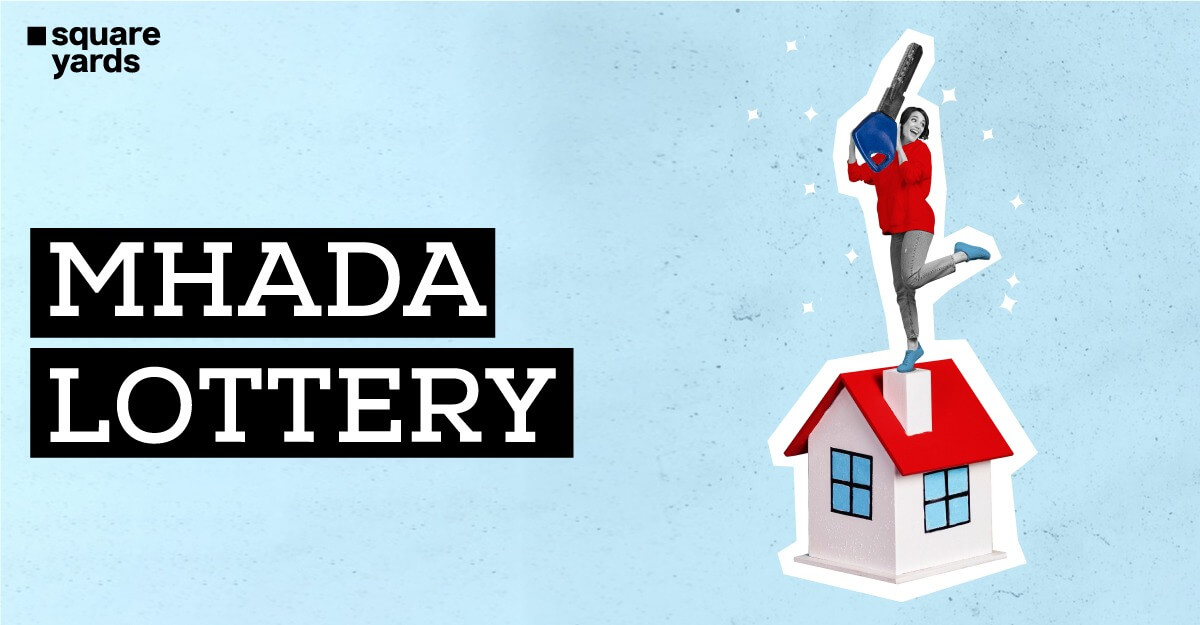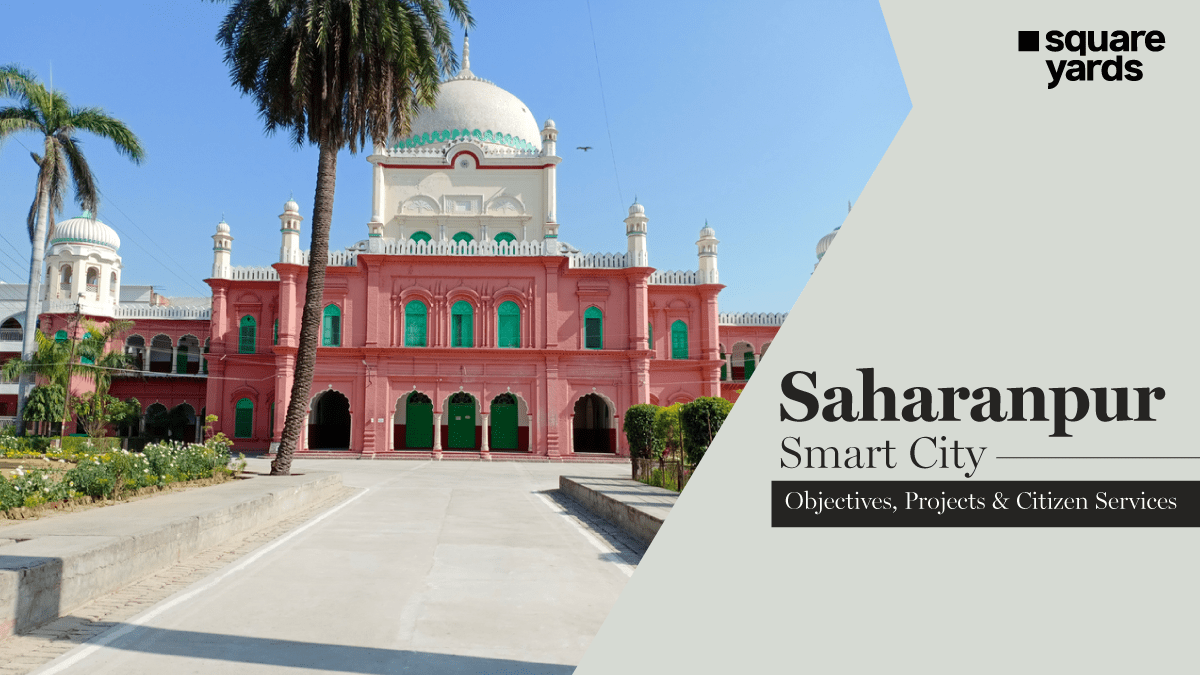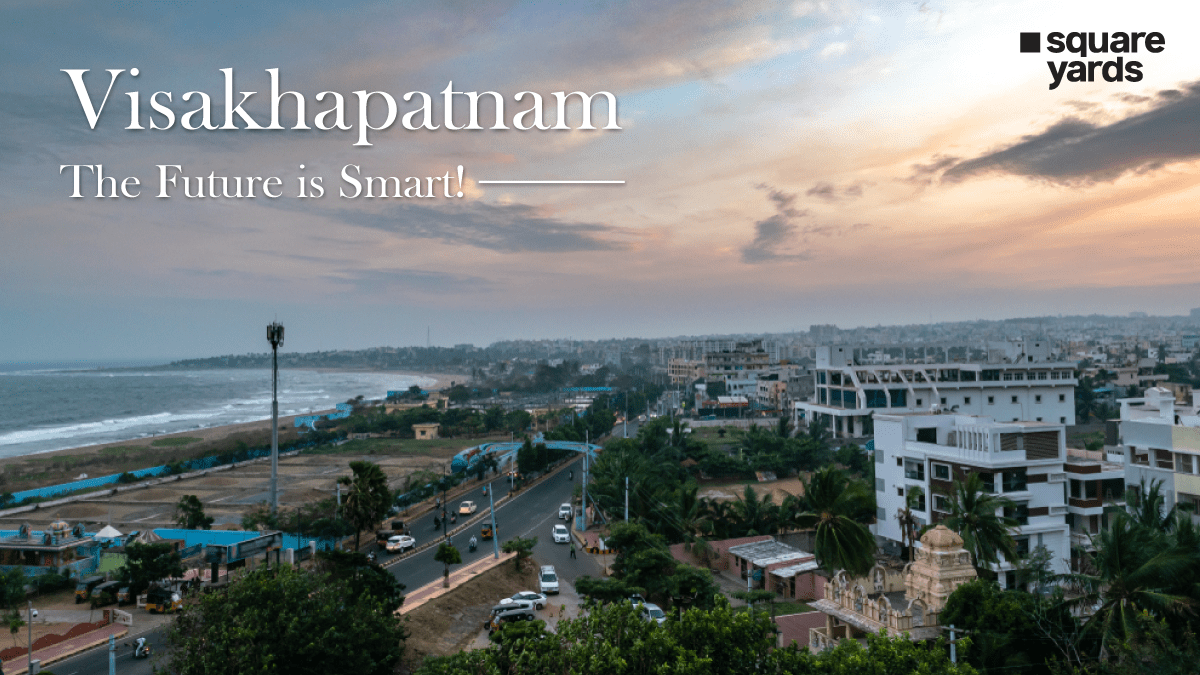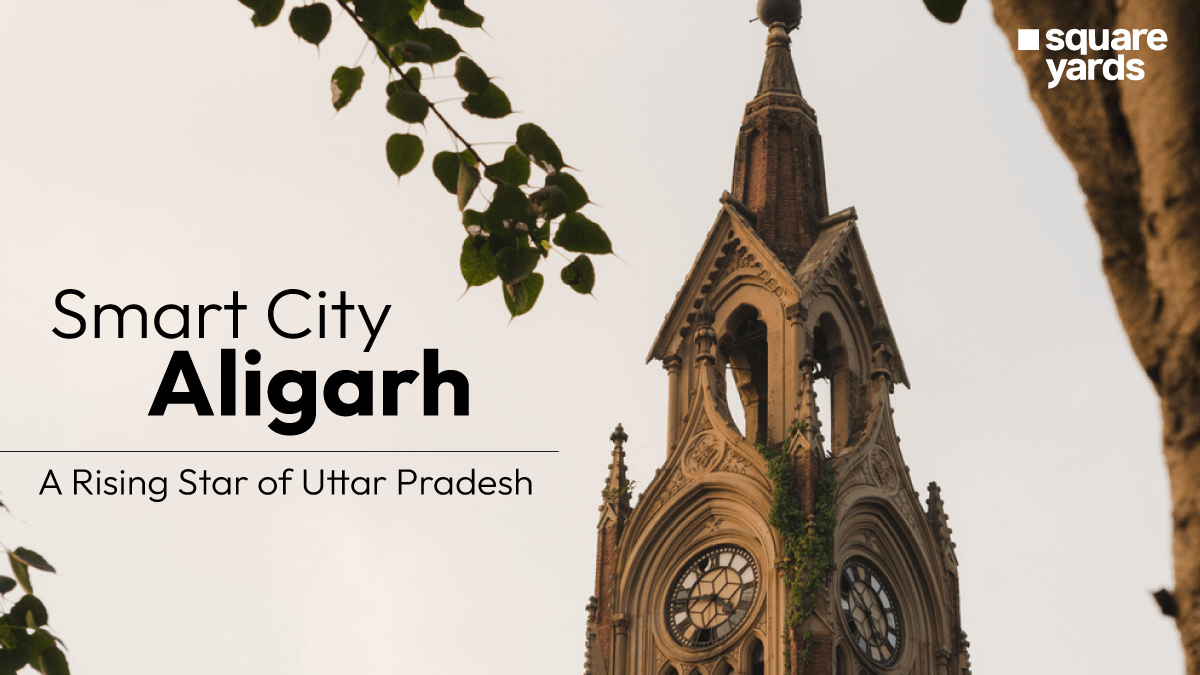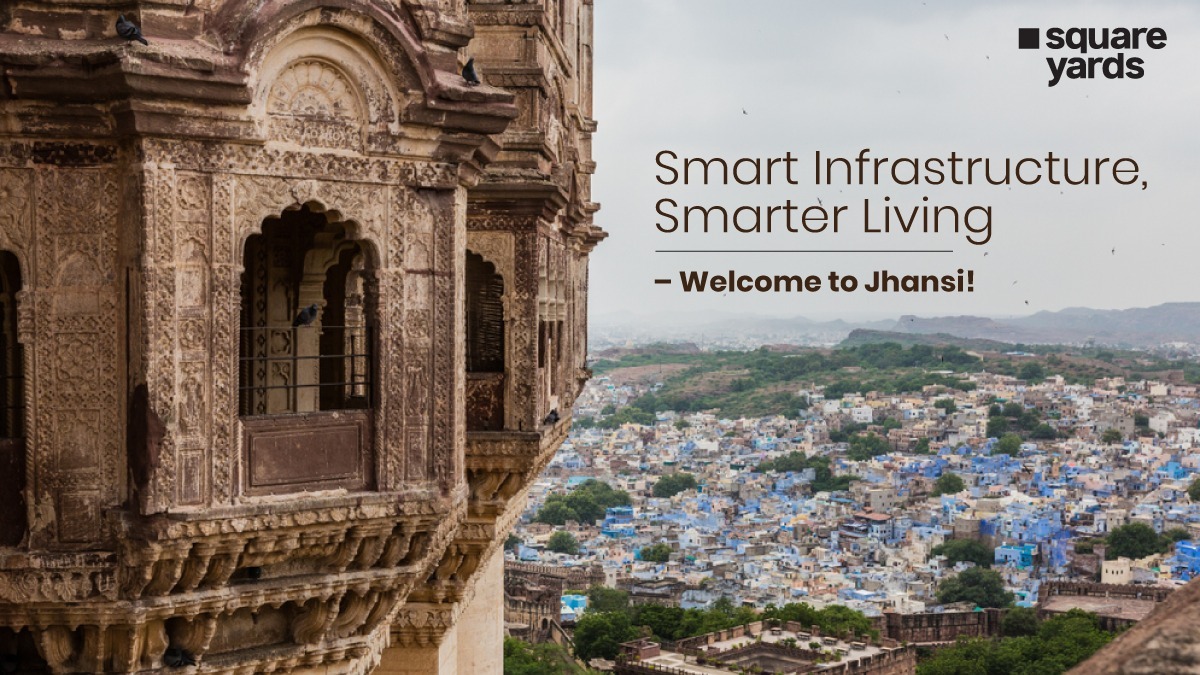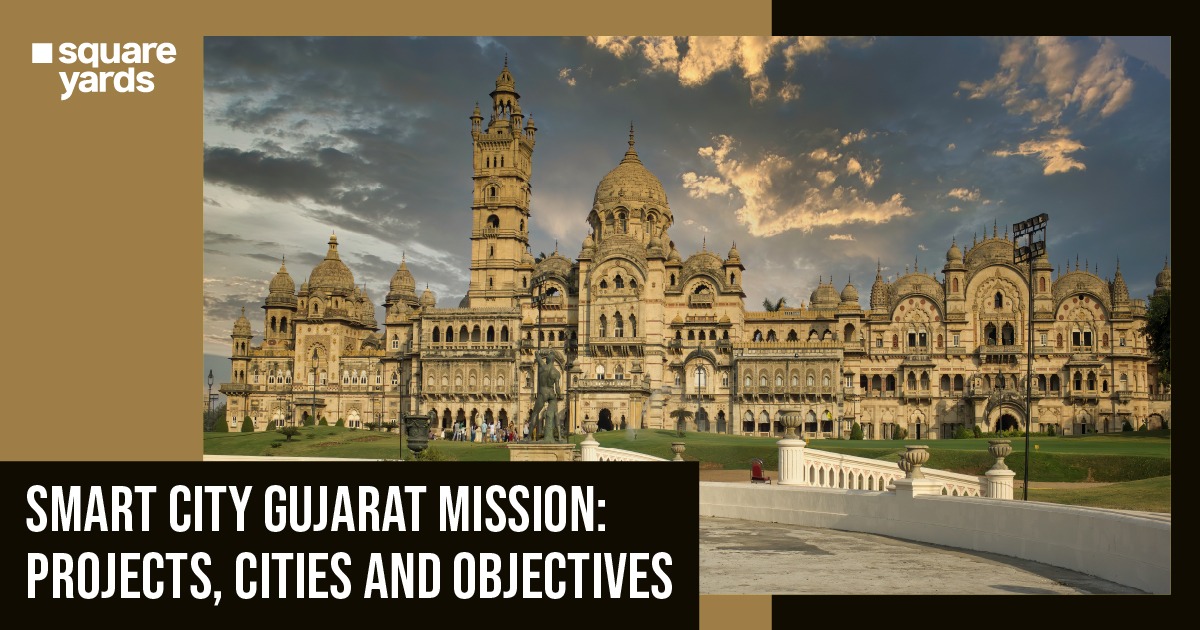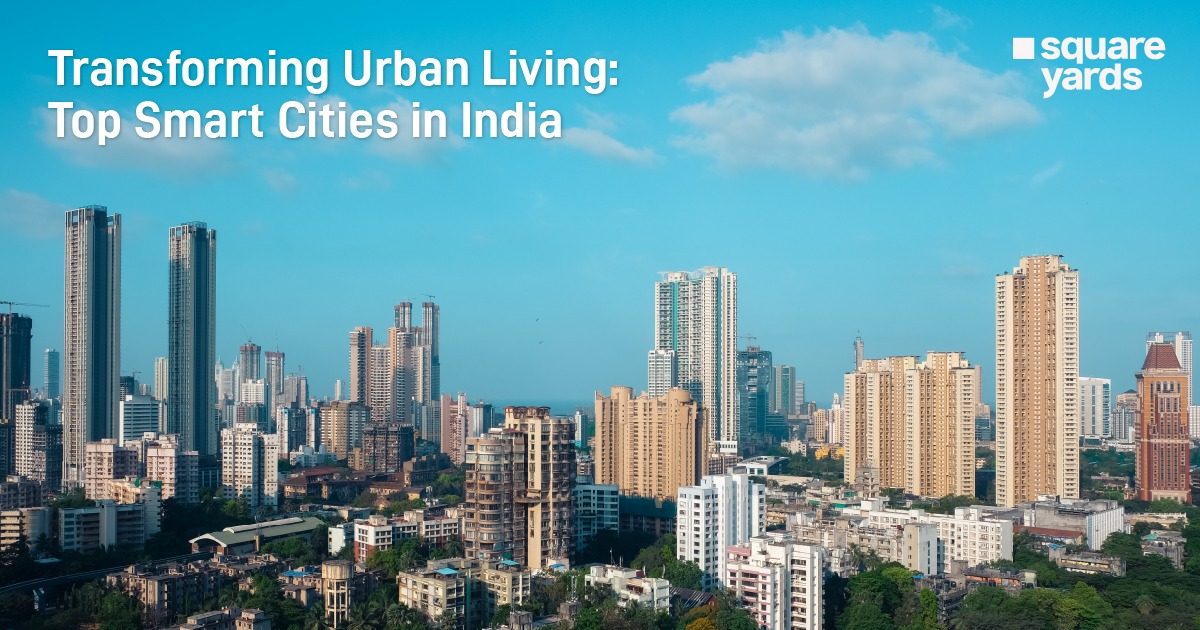The evergreen attraction in the capital that has a vast stretch of red hues under the sun defines the love for the architecture of medieval India. The beautiful sight of the monument speaks about its strength and historical importance. Red Fort is a historical monument in the old Delhi area, which is spread over the 256 acres of land overlooking the Holy Yamuna river. The enclosed walls of Lal Kila are rained in red color and have stood against time, proving its strength to date. Whether you call it Red Fort, Lal Kila, or Lal Qila, it will emphasize its cultural, political, and architectural importance from the Mughal Dynasty, which marks the historical outlook along with the rich hues of diversifications.
All About Red Fort
Red Fort is a historical monument that is never going to be forgotten. The beauty of the red walls keeps the tourists mesmerized around the year. With over 370 years of history, this Lal Kila reminds the grandeur of the Mughal Empire. This makes Delhi ka Lal Kila a prominent tourist place in India.
History Of Red Fort Delhi
Lal Kila is also known as Qile-e-Mubarak (the blessed fort) and was home to Mughal Emperor, Shah Jahan, the grandson of Mughal Emperor Akbar, the greatest Mughal Emperor that the world ever saw. Shah Jahan was not so different from his grandfather Akbar and took many of his hues, decided to charter his own course with the help of élan. The emperor is responsible for building some of the important and majestic architectures of that time. These architectures are still known for their tremendous beauty and exquisite build, along with their arduous journey and sheer magnificence hidden behind them.
The Mughals are the ones who built the Red Fort in Delhi. Red Fort came into being when Delhi became the capital of India under the rule of Mughal Emperor Shah Jahan. He left his capital Agra and home Agra Fort and constructed a new city, which he named after himself as Shahjahanabad. He built his new residence in this new city, which was the magnificent Red Fort. It took nearly ten years to complete the Lal Qila, which served as a residence to many Mughal Emperors for nearly 200 years. The construction of the architecture began in the year 1638 and was completed in the year 1648.
The twist is that the red in this Red Fort or Lal Kila was not there before. The edifice of the architecture was painted red during the British rule in India when the limestones of the fort started to chip off. Also, the name Red Fort, Lal Kila, and Lal Qila found its root during the British rule in India. It is because they painted it in red to prevent the architecture. Hence, it was renamed Red Fort, and the translation to the locals became Lal Kila or Lal Qila.
With the passing of emperor Shah Jahan, the fort started to plunge as well. The successive rulers of the Mughal empire turned out to be defenseless against the pillages and rampages that followed. The last Mughal Emperor who resided in the fort was Bahadur Shah Zafar. His rule was not significant, and the title of emperor was merely just a title. Later during his rule, the British seized his powers and took control. Bahadur Shah Zafar was then exiled to Burma, which is known as Myanmar in modern India. This was the end of the Mughal Dynasty.
Architectural Design Of The Red Fort
The Red Fort is standing strong on 256 acres of land, which further boasts over 2 kilometers of defensive walls and is adorned by the turrets and the bastions on the sides. Lal Kila is adorned in an octagonal shape, which is decorated with domes, marbles, and flower engravings on the walls. Apparently, during the reign of the Mughals, the Kohinoor diamond was part of the peacock throne.
The sensibilities of the fort in terms of design, color, and architecture set a rare illustration of the Mughal spirit of the time. The complex of the Red Fort comprises the Salimgarh Fort, which was built by Islam Shah Suri in the year 1546, and the Red Fort. The Red Fort has two gates – the Lahori Gate and Delhi Gate were built for the general public, and the Khizrabad Gate was made for the use of the emperor. The Lahori Gate is still the main entrance of the Lal Kila even today.
On entering the fort, in the Diwan-e-Am, you will see the Drum House known as the Naubat Khana. It is the place where the musicians used to play during the ceremonies. This is a huge hall with nine arches. The royal throne is placed in between the hall on a decorated alcove. The Diwan-e-Khas was where the legendary royal peacock throne was placed before, but Nadir Shah looted the place. There is also Mumtaz Mahal inside the Red Fort, which is now a museum. It also has Rang Mahal, Khwabgah (the sleeping chambers), Hammam (the royal bathing space) along with a beautiful garden. These things complete the Mughal architecture.
Political Significance Of The Red Fort
A historical site with political turbulence, protests, and a number of campaigns. Red Fort is not only just a historical monument, it is the place where people walked in solidarity to protect their nation, which they call their home. The fort is the witness of sweat, blood, and tears during the freedom struggle in India. After the day when iconic “Tryst With Destiny” was delivered by Pandit Jawaharlal Nehru, the first Prime Minister of Independent India addressed the passionate crowd of India at the legendary Red Fort, and hoisted the Indian Flag – a new era of freedom found by the people ushering towards the era of liberation, existence, and belonging started. This was the era that saw India becoming the largest democracy in the world, and the tradition continues to date.
On every Independence Day, the existing Prime Minister of India delivers a speech on the red rampart for the waiting nation. The old walls of the Red Fort have seen everything. The fort is a witness to the struggle of the long-winded spiels of the freedom leaders with the sound of applause for a nation by the ebullient masses towards a future that is laced with light and hope that reverberates through the walls of the fort every single day. To this day, the Red Fort is soaked with the spirit of India and its citizens. The Prime Minister of the country hoists the tricolor on the fort under the sky full of colors of the flags. It is one of the most important parts of Indian culture that has a special meaning in the ceremonial ethos for the country and its people. This is a synonymous feel with the strong freedom which stands tall to guard the honor of the country and greet the new leaders and the people who come together to visit it every year to remember the struggles and efforts that the people had to go through to achieve this freedom that they are enjoying today.
Facts About Red Fort (Lal Kila)
- Red Fort was white – When the fort was built by Mughal Emperor Shah Jahan in the year 1648, it was actually white in color. It was built with sandstones. Along with the name, the color of the fort was changed from white to red. All of these changes were made during British rule. The Red Fort was originally made with beautiful limestones. It is when the white stones started chipping off, the British painted it with the red color.
- The real name of the fort – Do you know that the Red Fort was not originally known by this name? The original name of the fort was “Qila-e-Mubarak”. This name specifies the meaning of “The Blessed Fort”. According to history, Shah Jahan built the fort during the time when he decided to move the capital from Agra to Delhi.
- It took ten years to build the fort – Yes, a decade. A whole decade. Red Fort is the result of ten years of effort. We all are aware of the fact that machinery and construction were limited in the era Red Fort was built or we can say during the reign of Shah Jahan – the grandson of Great Mughal King Akbar. Ustad Hamid and Ustad Ahmed who was the pioneering architect of the fort took ten years to build this fort. The construction of the fort began in 1638 and was completed after a whole decade.
- Kohinoor – part of red fort furniture – Many people are unaware of the fact that Kohinoor was part of Shah Jahan’s royal throne which was located in Diwan-i-Khas. Kohinoor – the most beautiful and largest cut diamond was part of Red Fort furniture. After years, the beautiful diamond has been stolen by the Persian Napoleon, named Nadir Shah. The beautiful gold throne was studded with valuable stones, such as emeralds, pearls, rubies, and many more.
- Rang Mahal – The fort is known for its beautiful and breathtaking architecture. The place is compact with the presence of multitudes of palaces which were used by a number of Mughal Emperors. Among all the places, Rang Mahal is the most extraordinary palace in the Red Fort. Rang Mahal means the palace of colors. Rang Mahal was used by the consorts and their maids. The Khas Mahal, which is the personal palace of the ruler, is situated near the beautiful Rang Mahal. This allowed the emperor to visit the queens whenever he wished. But nobody could visit the Khas Mahal except for the princess and queens.
- The Lahore Gate – There are two main gates of the magnificent Delhi Ka Lal Kila, one is the Delhi Gate, and the other is the Lahore Gate. The name Lahore Gate is because of its opening towards Lahore. At that time, India and Pakistan were one country, so the name was Lahore Gate. The Prime Minister of India, on every Independence Day, hoists the national flag at Lahore Gate of Lal Kila. The Delhi Gate is similar to the Lahore Gate, but it was the entrance gate for the public to the Red Fort.
- The octagonal shape of Delhi ka Kila – Lal Kila is spread over the area of 256 acres, and the majestic fort is built in an octagonal shape. When the fort is viewed from the top, the beautiful architecture of the Lal Kila reveals its octagonal shape.
- A world heritage site – In the year 2007, Red Fort or the Lal Qila was listed as the World Heritage Site by UNESCO because of its cultural as well as historical significance. India is a proud country and takes a sense of pride in its architectural wonder and international significance.
- Last Mughal Emperor tried in his own home ‘Red Fort’ – The last Mughal Emperor ‘Bahadur Shah Zafar’ who was the symbol of rebellion against the British Empire in the year 1857 was tried in his own home Lal Qila. The British Empire tried him for treason in his home. The trial for the last Mughal Emperor was held in Diwan-i-Khas, which was surrounded by the British court when the empire found the emperor guilty and was stripped off from his title of emperor. Then, Bahadur Shah Zafar was exiled to Rangoon, which is known as Myanmar in modern India.
- The hidden “Baoli” – There is a hidden “Boali” or you can say a stepwell which is touted to be older than the Lal Qila. This is still inaccessible to visitors even today from the time the fort was built.
- Fishing from the forth back of the fort – Yes, that’s right. In old days, from the forth back of the Red Fort, it is said that fishing was possible because of the flow of Yamuna, but as the flow of direction of the river changed, fishing is not possible anymore.
- Ruins of the Red Fort – After acquiring the fort from the Mughal Empire, the British went on a spree to destruction. They destroyed several parts of the majestic fort. The truth is that many valuables were sold by the British Empire. They left nothing in this splendid and massive Lal Kila, which was once the residence of the Mughal Emperors. The British destroyed the greenery inside the fort to build barracks for their colonial army.
Timings And Entry Fees For Red Fort
One can visit Red Forts all the days except for Mondays. The Red Fort timings are 9:30 in the morning to 4:30 in the evening. If you are planning to visit the fort, then you should visit it between October and February. It is the best time to visit and see the beauty of the magnificent architecture, and Delhi can be toured in its best form. Post 6 in the evening, the visitors can see a light and sound show, which is available in two languages – Hindi and English. The timings of Red Fort for the light and sound shows may vary depending on the months and the language you choose to see it in. Check for the timings of the show before planning to go there.
The cost of a Red Fort ticket is ₹ 35 for Indian Citizens and ₹ 500 for foreigners. And for the light and sound show entry, the ticket price is ₹ 60 per adult and ₹ 20 per child. On the weekends, the ticket price can increase up to ₹ 80 per adult and ₹ 30 per child.
| Timings | 9:30 A.M. to 4:30 P.M. |
| Closed Days | Mondays |
| Ticket Price for Indians | ₹ 35 |
| Ticket Price for Foreigners | ₹ 500 |
Ways To Reach Red Fort
Red Fort is located in the heart of the capital in the Old Delhi area, which is well-connected with all forms of transportation. It can be reached by bus and cab as well. If you are planning to visit it by metro, then board off at the Chandni Chowk Metro Station. Or can take the heritage line, which includes the different landmarks of Old Delhi or Walled City, and board off at the Red Fort Metro Station.
Address of Red Fort: Netaji Subhash Chandra Marg, Chandni Chowk, New Delhi, Delhi, 110006, India.
| Nearest Metro Station | Chandni Chowk Metro Station |
| Nearest Bus Stand | Kashmiri Gate Bus Station |
| Nearest Railway Station | Old Delhi Railway Station |
| Nearest Airport | Indira Gandhi International Airport |
What Are The Best Times To Visit Red Fort?
| Summer | August to September |
| Winter | Starts in April and peaks in May. The average temperature is 32 degrees celsius. |
| Monsoon | Starts in November and peaks in January. The average temperature is between 12 degrees Celsius to 13 degrees celsius. |
| Recommended Time To Visit | October to February |
In the recent development scenario, this rampant fort is under the government’s scheme of ‘Adopt A Heritage’ and has been adopted by a corporate house. Now, the corporate house is responsible for the management and upkeep of the Red Fort for the coming next five years. Although this might seem like a rude awakening, it is important to preserve the pride of India and encourage tourism. All that matters is keeping the glory of the past safe for a very long time.
Revenue Generated By Lal Qila
According to the Ministry of Tourism and Culture of India, the rampant Red Fort has generated a revenue of ₹ 6,15,89,750 crores for the year 2013 to 2014.
Everything About Red Fort In A Nutshell:
| Location | Old Delhi |
| Timings of the Red Fort | 9:30 A.M. to 4:30 P.M. The fort is closed on Mondays. |
| Nearest Metro Station | Lal Qila |
| Entry Fees | ₹ 35 for Indian Citizens and ₹ 500 for foreigners |
| Also Known As | Lal Kila, Lal Qila |
| Video Camera Charges | ₹ 25 |
| Commissioned by | Mughal Emperor Shah Jahan |
| Head Architect | Ustad Ahmad Lahori |
| Year of Establishment | 1638 to 1648 |
| Architecture Style | A mix of Hindu, Islamic, Persian, and Timurid styles |
| Status of the Architecture | UNESCO World Heritage Site |
| Length of the Enclosing Walls | 2.5 Kilometers |
| Area of the Fort | 256 Acres |
| Materials used for construction | Red sandstones, limestones |
You may also like to read about :
| State | Monuments |
| Rameshwaram | Ram Setu |
| Delhi | Tughlaqabad Fort |
| Agra | Taj Mahal |
| Rameshwaram | Ram Setu |
| Hyderabad | Golconda Fort |
| Delhi | India Gate |
| Kolkata | Victoria Memorial |
| Kolkata | Marble Place |
| Ladakh | Leh Palace |
FAQs:
Red Fort is famous for its massive and splendid majestic walls, which were built by the grandson of Mughal Emperor Akbar, Shah Jahan, in the year 1638. The architects took a whole ten years to complete the fort.
In recent times, Red Fort has been a World Heritage Site. But, in the past, the Mughal Emperors, such as Shah Jahan, Bahadur Shah Zafar, used to live in this majestic Lal Kila.
The Red Fort is located in the capital of India, Delhi. It is in the Chandni Chowk area of the capital town.
Red Fort is located in the old Delhi area. It is on Netaji Subhash Chandra Marg in the Chandni Chowk area of Old Delhi.
The specialty of Red Fort is that it served as the main residence of the Mughal Emperors and was also the home of the world’s most beautiful and largest diamond, ‘Kohinoor’.
For Indians, the price of a ticket is ₹ 35 per person, while for foreigners, it is ₹ 500 per person.
Mughal Emperor Shah Jahan built the Red Fort when he shifted the capital of his empire from Agra to Delhi. This monument was in his favorite color - red and white.
The three gates of the Red Fort are - Lahori Gate, Delhi Gate, and the Khizrabad Gate. The Lahori and Delhi gates were for the entrance of the general public, and the Khizrabad gate was for the entrance of the emperors.
In 2007, Red Fort was declared as a UNESCO World Heritage Site. What is the Speciality of Red Fort?
Who lives in Red Fort?
Where is the Red Fort?
In which part of Delhi Red Fort is located?
What is special about the Red Fort in Delhi?
What is the cost Ticket to Red Fort Delhi?
Who built the Red Fort?
What are the names of the three gates of the Red Fort?
When did Red Fort was declared as a UNESCO World Heritage Site?


